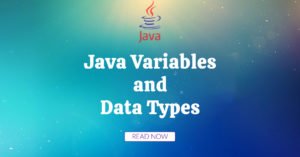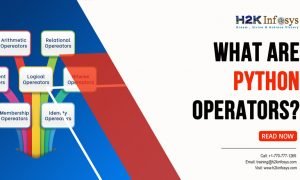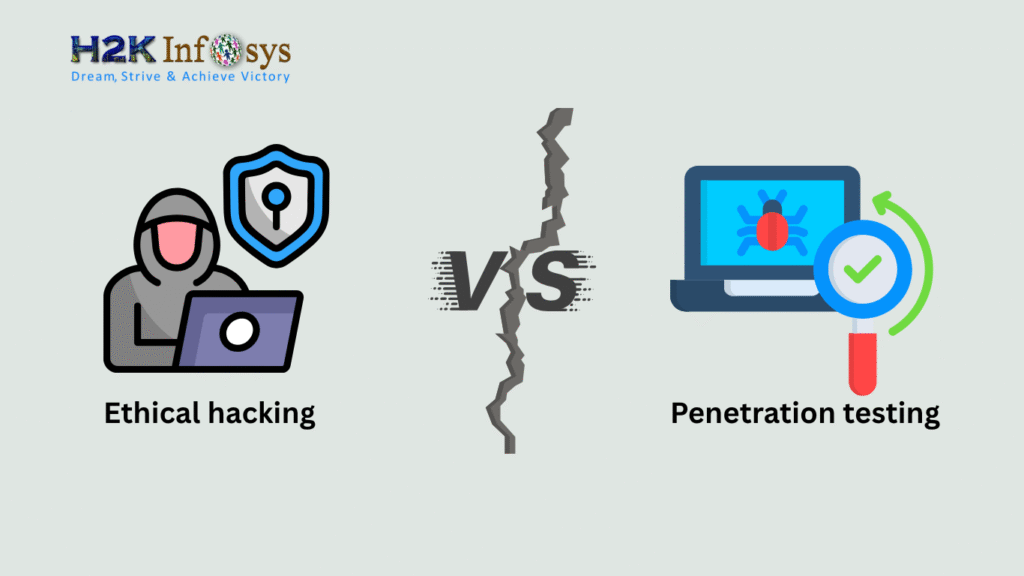Data warehousing has become a crucial component for organizations looking to manage and analyze vast amounts of data. As businesses increasingly rely on data-driven decision-making, the demand for professionals skilled in data warehousing continues to grow. Whether you’re preparing for an interview as a data warehouse developer, architect, or analyst, being ready with answers to common questions can significantly boost your chances of landing the job. Below are some of the top interview questions you might encounter, along with insights into how to approach them.
What is a Data Warehouse?
Answer: A data warehouse is a centralized repository designed to store large volumes of data from multiple sources. It is structured for query and analysis, making it an essential tool for business intelligence. Unlike operational databases, which are optimized for transaction processing, data warehouses are optimized for read-heavy operations, enabling users to perform complex queries and generate reports efficiently.
Why It’s Asked: Interviewers want to assess your understanding of the core concept and how well you can differentiate it from other types of databases.
Explain the ETL Process.
Answer: ETL stands for Extract, Transform, Load. It is a process used to collect data from various sources (Extract), convert it into a format suitable for analysis (Transform), and then load it into a data warehouse or other target system (Load). The ETL process is critical in ensuring that data is clean, consistent, and ready for reporting and analysis.
Why It’s Asked: This question tests your familiarity with the ETL process, which is fundamental to any data warehousing project.
What is OLAP and how is it used in Data Warehousing?
Answer: OLAP stands for Online Analytical Processing. It is a category of software tools that allows users to analyze data from multiple database systems at once. OLAP is used in data warehousing to enable complex queries and reporting, such as trend analysis, financial reporting, and what-if scenarios.
Why It’s Asked: The interviewer wants to know if you understand the role of OLAP in data warehousing and how it can be used to generate insights from data.
Can you explain the difference between a Star Schema and a Snowflake Schema?
Answer: A Star Schema is a type of database schema that consists of a central fact table surrounded by dimension tables, resembling a star shape. Each dimension is denormalized, which can result in redundancy but improves query performance. A Snowflake Schema is a more normalized form where the dimension tables are split into multiple related tables, resembling a snowflake.
Why It’s Asked: This question checks your knowledge of database design within the context of data warehousing, particularly your understanding of different schema types and their trade-offs.
What are Fact Tables and Dimension Tables?
Answer:
- Fact Tables: These contain the metrics or measurements of a business process, often numerical data such as sales amount, quantity, etc.
- Dimension Tables: These provide context to the data in the fact tables, containing descriptive information like product names, dates, locations, etc.
Why It’s Asked: Understanding the roles of fact and dimension tables is fundamental in designing and working with a data warehouse.
What is Data Mart?
Answer: A Data Mart is a subset of a data warehouse focused on a particular business line or team. It is designed to meet the specific needs of a particular group of users and contains a condensed view of the data warehouse relevant to their needs.
Why It’s Asked: Interviewers want to gauge your understanding of the data warehouse structure and how data marts are used to improve accessibility and performance for specific user groups.
Describe Slowly Changing Dimensions (SCD) and its types.
Answer: Slowly Changing Dimensions (SCD) are dimensions that change over time. The three common types are:
- Type 1: Overwrites old data with new data without keeping track of historical changes.
- Type 2: Keeps historical data by adding a new record for each change.
- Type 3: Adds a new column to the existing record to capture changes.
Why It’s Asked: This question tests your knowledge of handling changes in dimension tables, which is a common requirement in data warehousing.
What is Data Staging?
Answer: Data Staging is the intermediate storage area where data is cleansed, transformed, and prepared before being loaded into the data warehouse. It is a critical step in the ETL process, ensuring that only clean, consistent data is moved into the warehouse.
Why It’s Asked: The interviewer is checking your understanding of the data flow process and how staging is used to ensure data quality.
Explain the concept of Data Aggregation.
Answer: Data Aggregation is the process of summarizing detailed data into a more compact form, often by grouping and computing metrics like totals, averages, counts, etc. It helps in reducing the volume of data to be analyzed and improves query performance.
Why It’s Asked: This question tests your ability to optimize data storage and retrieval in a data warehouse by using aggregation techniques.
What are the challenges faced in Data Warehousing?
Answer: Common challenges include:
- Data Quality: Ensuring the accuracy, consistency, and completeness of data.
- Scalability: Handling the increasing volume and complexity of data.
- Performance: Maintaining query performance as data grows.
- Data Integration: Integrating data from disparate sources.
- Security: Protecting sensitive data from unauthorized access.
Why It’s Asked: The interviewer wants to know if you are aware of the real-world issues that can arise in data warehousing projects and how you would address them.
How do you optimize the performance of a Data Warehouse?
Answer: Performance optimization techniques include:
- Indexing: Creating appropriate indexes to speed up query execution.
- Partitioning: Dividing large tables into smaller, manageable pieces.
- Materialized Views: Storing the results of complex queries to improve performance.
- Data Archiving: Moving old data to a less frequently accessed storage to free up resources.
- Query Optimization: Writing efficient queries and using query hints.
Why It’s Asked: This question assesses your technical skills in maintaining and improving the performance of a data warehouse.
What is Metadata in Data Warehousing?
Answer: Metadata is data about data. In data warehousing, metadata includes information about the structure of the data warehouse, the meaning of the data, data lineage, data transformations, and more. It serves as a guide for users to understand and navigate the data warehouse.
Why It’s Asked: Understanding metadata is crucial for managing and using a data warehouse effectively. This question tests your knowledge of how metadata supports data warehousing.
Can you explain the difference between Inmon and Kimball approaches to Data Warehousing?
Answer:
- Inmon Approach: Proposes building a centralized enterprise data warehouse (EDW) first, followed by data marts. It advocates a top-down design.
- Kimball Approach: Suggests building data marts first, which are then integrated to form the data warehouse. It follows a bottom-up design.
Why It’s Asked: Interviewers want to know your understanding of different methodologies in data warehousing and their implications.
What are Conformed Dimensions?
Answer: Conformed Dimensions are dimensions that are shared across multiple fact tables or data marts. They ensure consistency in reporting and analysis by providing a single version of truth across the enterprise.
Why It’s Asked: The interviewer is testing your knowledge of how to maintain consistency and integrity across a complex data warehouse environment.
Describe the importance of Data Cleansing in Data Warehousing.
Answer: Data Cleansing involves identifying and correcting inaccuracies, inconsistencies, and errors in the data before it is loaded into the data warehouse. It is crucial because it ensures the quality and reliability of the data, which directly impacts the accuracy of business analytics.
Why It’s Asked: This question gauges your awareness of data quality issues and your approach to ensuring that only clean, reliable data enters the data warehouse.
Conclusion
Being prepared for these data warehouse interview questions can help you demonstrate your expertise and confidence during the interview process. Understanding the fundamental concepts, challenges, and best practices in data warehousing is essential for anyone looking to secure a role in this field. Remember to tailor your answers based on your experience and the specific requirements of the job you are applying for. Good luck!

























